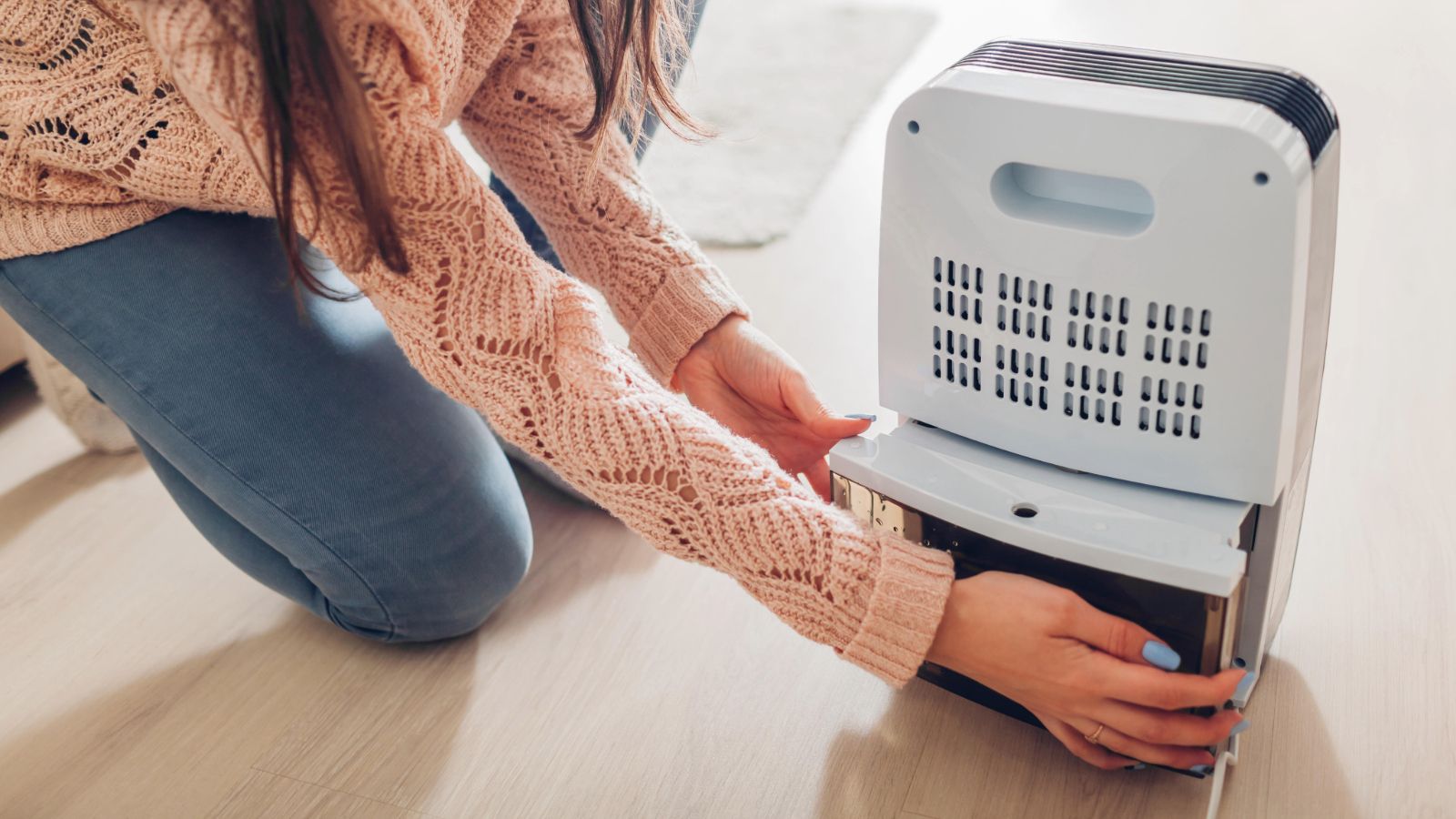
"A frozen unit has to work much harder to filter your air, which can cause it to overheat or burn out - potentially leading to a broken dehumidifier. Since it won't be able to remove moisture from the air effectively, you'll also waste energy and still have excess humidity in your room, so it's best to get the problem sorted as soon as possible."
"If you're using a compressor dehumidifier in temperatures below 15°C, it's highly likely to freeze up. Since this model uses a refrigerant, it will enter defrost mode if the coils get too cold - just like a fridge. It will also spend more time defrosting than dehumidifying the air, reducing efficiency and wasting energy. Prolonged freezing could also damage your unit, which is why it's important to choose a dehumidifier designed for cold rooms."
Dehumidifiers can freeze when unsuitable models operate in cold conditions or when airflow over the coils is restricted. Compressor units using refrigerant commonly ice up below about 15°C and will enter defrost mode, spending more time defrosting than removing moisture and losing efficiency. Restricted airflow from blocked vents, dust, debris, or placement too close to walls prevents warm air reaching the coils and promotes icing. Frozen units work harder, waste energy, underperform at moisture removal, and risk overheating or long-term damage. Choosing cold-room models and maintaining clear airflow and regular cleaning prevents freezing.
Read at Homebuilding
Unable to calculate read time
Collection
[
|
...
]